Home>Home Maintenance>How Long Should You Operate Your Boat’s Engine Ventilation System
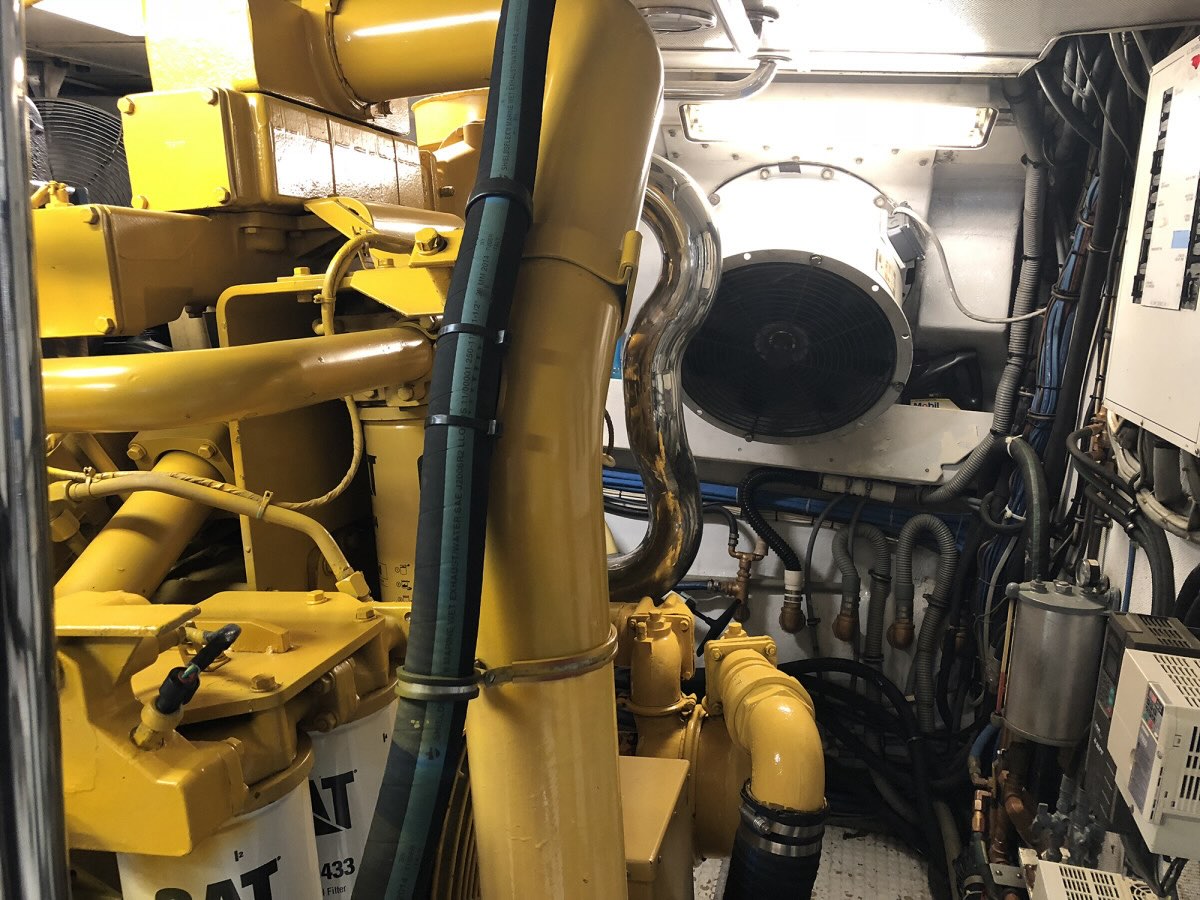

Home Maintenance
How Long Should You Operate Your Boat’s Engine Ventilation System
Modified: March 6, 2024
Learn about the importance of operating your boat's engine ventilation system for proper home maintenance and how long it should be done to ensure safety and performance.
(Many of the links in this article redirect to a specific reviewed product. Your purchase of these products through affiliate links helps to generate commission for Storables.com, at no extra cost. Learn more)
Introduction
When it comes to proper boat maintenance, one crucial aspect that often goes overlooked is the engine ventilation system. This system plays a vital role in ensuring the smooth operation of your boat’s engine and the overall safety of your vessel. Understanding how long you should operate your boat’s engine ventilation system is essential for maintaining optimal performance and preventing potential risks.
Engine ventilation systems are designed to remove harmful gases, fumes, and excess heat generated by the engine. These systems help maintain a safe and comfortable environment on board by preventing the accumulation of carbon monoxide and other hazardous substances. Operating the ventilation system for an appropriate duration is necessary to ensure maximum effectiveness and reliability.
While there is no one-size-fits-all answer to how long you should operate your boat’s engine ventilation system, several factors need consideration. These factors include the type of boat, the engine’s size and power output, the prevailing weather conditions, and the engine’s runtime. By understanding these factors, you can determine the optimal operating time for your engine ventilation system.
It is important to note that operating your boat’s ventilation system is not a one-time task but an ongoing process. Whether you are on a short trip or a long voyage, proper ventilation is crucial to maintain a safe and healthy atmosphere on your boat. Neglecting the engine ventilation system or operating it for inadequate durations can lead to serious consequences.
In the following sections, we will delve deeper into the importance of the engine ventilation system, factors to consider for determining the operating time, operational guidelines for maintaining optimal ventilation, and potential risks of inadequate ventilation. By understanding these aspects, you will be equipped with the knowledge to ensure the longevity and proper functioning of your boat’s engine ventilation system.
Key Takeaways:
- Properly operating your boat’s engine ventilation system is crucial for safety and performance. Consider factors like boat type, engine size, and weather conditions to determine the right operating time.
- Inadequate ventilation can lead to risks like carbon monoxide buildup, engine overheating, and fire hazards. Prioritize proper ventilation to ensure a safe and enjoyable boating experience.
Read more: How Often Should You Clean Your HVAC Ducts
Importance of Engine Ventilation System
The engine ventilation system in your boat serves a critical purpose in maintaining a safe and operational environment. Here are some key reasons why the engine ventilation system is essential:
- Removal of Harmful Gases: The engine produces toxic gases, like carbon monoxide, as a byproduct of combustion. These gases are odorless and can be deadly if inhaled in high concentrations. The ventilation system helps remove these gases from the engine compartment, preventing their buildup and ensuring the safety of everyone on board.
- Heat Dissipation: Engines generate considerable heat while running. Without proper ventilation, this heat can accumulate in the engine compartment, leading to overheating and potential damage to the engine and surrounding components. The ventilation system helps dissipate the heat, maintaining optimal operating temperatures and prolonging the life of the engine.
- Reduction of Moisture: The engine compartment is susceptible to moisture accumulation, which can lead to corrosion, rust, and electrical issues. By ventilating the engine compartment, the system helps in reducing moisture levels, minimizing the risk of damage and ensuring the longevity of the engine and its components.
- Prevention of Fire Hazards: Proper ventilation helps remove flammable gases and substances from the engine compartment, reducing the risk of fire hazards. It improves the overall safety on board, giving you peace of mind while enjoying your time on the water.
Ensuring the proper operation of your boat’s engine ventilation system is crucial to maintain a safe and functional vessel. It is important to understand the factors that influence the operating time of the system in order to make informed decisions and protect your investment.
Factors to Consider for Operating Time
Several factors come into play when determining the appropriate operating time for your boat’s engine ventilation system. These factors can vary depending on the specific characteristics of your boat and its engine. Here are some key factors you should consider:
- Type of Boat: The type of boat you have plays a significant role in determining the required operating time for the ventilation system. Different types of boats have varying ventilation requirements based on factors such as size, design, and the number of compartments. For example, smaller boats with enclosed engine compartments may require longer ventilation periods compared to open boats with better air circulation.
- Engine Size and Power Output: The size and power output of your boat’s engine can influence the operating time for the ventilation system. Engines with higher horsepower tend to generate more heat and exhaust gases, requiring more ventilation to maintain optimal conditions. Larger engines may also have bigger engine compartments that need more air circulation for effective ventilation.
- Weather Conditions: The prevailing weather conditions can impact the operating time of the ventilation system. If you are boating in hot and humid climates, the engine may require more ventilation to prevent overheating. On the other hand, if you are boating in cooler conditions, the ventilation requirements may be lower. Consider the temperature, humidity, and any other environmental factors that can affect the engine’s performance.
- Engine Runtime: The duration for which the engine is running is an important factor to consider. Engines that are running for extended periods, such as during long journeys or continuous operation, may require more frequent and longer periods of ventilation. It is essential to allow the engine compartment to cool down and remove accumulated gases during these longer operating durations.
By taking these factors into account, you can determine the optimal operating time for your boat’s engine ventilation system. It is important to assess your specific boat and engine characteristics and make adjustments as needed to ensure proper ventilation and maintain a safe operating environment.
It is recommended to run your boat’s engine ventilation system for at least 4-5 minutes before starting the engine to ensure that any built-up fumes are properly ventilated out of the engine compartment.
Operational Guidelines for Boat’s Engine Ventilation System
Operating your boat’s engine ventilation system properly is vital for ensuring the safety and performance of your vessel. Here are some operational guidelines to follow:
- Turn On the Ventilation System: Before starting the engine, make sure to turn on the ventilation system. This allows fresh air to enter the engine compartment and removes any stagnant or potentially harmful gases.
- Allow Sufficient Ventilation Time: Depending on the factors mentioned earlier, allow enough time for the ventilation system to effectively remove heat and gases from the engine compartment. Even if the engine has been running for a short period, it is advisable to give the ventilation system ample time to do its job properly.
- Monitor the Engine Temperature: Keep a close eye on the engine temperature while operating your boat. If the temperature starts to rise significantly, it may indicate inadequate ventilation. In such cases, consider increasing the operating time of the ventilation system or adjusting the ventilation system to improve airflow.
- Inspect and Clean the Ventilation System: Regularly inspect the ventilation system for any obstructions, debris, or damage that may hinder its proper functioning. Clean the vents, fans, and ducts to ensure optimal airflow. Replace any damaged or worn-out components promptly.
- Follow Manufacturer’s Recommendations: Manufacturers often provide specific guidelines for operating the ventilation system based on the boat’s make and model. It is essential to familiarize yourself with these recommendations and follow them diligently to maximize the system’s effectiveness.
- Consider Additional Ventilation: Depending on your boat’s configuration and specific needs, you may need to supplement the engine ventilation system with additional airflow solutions. This can include installing additional vents, fans, or wind scoops to improve ventilation in areas with limited airflow.
- Regular Maintenance: To ensure the long-term effectiveness of your boat’s engine ventilation system, regular maintenance is crucial. This includes cleaning or replacing air filters, lubricating moving parts, and inspecting electrical connections. Regular maintenance will help prevent malfunctions and ensure proper ventilation at all times.
By following these operational guidelines, you can maintain adequate ventilation in your boat’s engine compartment, promoting optimum engine performance and safeguarding the well-being of everyone on board.
Potential Risks of Inadequate Ventilation
Inadequate ventilation in your boat’s engine compartment can lead to various risks and potential hazards. It is important to be aware of these risks and take steps to ensure proper ventilation at all times. Here are some potential risks of inadequate ventilation:
- Accumulation of Carbon Monoxide: Carbon monoxide (CO) is a colorless, odorless, and highly toxic gas produced by combustion engines. Inadequate ventilation can lead to the buildup of carbon monoxide in the engine compartment and other enclosed areas of the boat. Breathing in high levels of carbon monoxide can cause serious health complications and even be fatal.
- Engine Overheating: Without proper airflow and ventilation, the engine compartment can become hot and lead to engine overheating. Overheating can cause engine damage, decreased performance, and potential breakdowns. It can also impact surrounding components and systems, leading to additional maintenance and repair costs.
- Fire Hazards: Inadequate ventilation increases the risk of fire hazards. Flammable gases, fuel vapors, and other combustible materials can build up in the engine compartment, creating a potentially explosive environment. One spark or source of ignition can lead to a fire that endangers the boat and its occupants.
- Corrosion and Rust: Insufficient airflow and moisture control can result in the accumulation of moisture in the engine compartment. This excess moisture can lead to corrosion and rusting of metal components and wiring. Corrosion compromises the integrity of the systems and can lead to electrical issues, mechanical failures, and costly repairs.
- Decreased Performance and Efficiency: Inadequate ventilation can impact the overall performance and efficiency of the engine. The engine may not receive sufficient oxygen for combustion, resulting in decreased power output, slower acceleration, and reduced fuel efficiency. This can affect the boat’s performance and limit your enjoyment on the water.
To mitigate these potential risks, it is crucial to prioritize proper ventilation in the engine compartment. By ensuring adequate airflow, you can minimize the accumulation of harmful gases, prevent overheating, reduce fire hazards, and prolong the lifespan of your boat’s engine and its components.
Remember, when it comes to ventilation, it’s always better to err on the side of caution. Prioritize safety and make sure to invest time and effort into maintaining and operating your boat’s engine ventilation system properly.
Read more: How Often Should You Service Your AC
Conclusion
The engine ventilation system is a critical component of your boat’s maintenance and safety. Properly operating the ventilation system is vital to ensure the longevity and optimal performance of your boat’s engine, as well as the well-being of everyone on board. By considering various factors such as boat type, engine size, weather conditions, and engine runtime, you can determine the appropriate operating time for your engine ventilation system.
Understanding the importance of the engine ventilation system allows you to grasp why it is necessary to maintain a safe and functional environment on your boat. By effectively removing harmful gases, dissipating heat, reducing moisture, and preventing fire hazards, the ventilation system plays a crucial role in safeguarding your vessel and its occupants.
To ensure proper ventilation, it is important to follow operational guidelines such as turning on the ventilation system before starting the engine, allowing sufficient ventilation time, monitoring engine temperature, regular inspection and cleaning, adhering to manufacturer’s recommendations, and considering additional ventilation solutions if needed. Regular maintenance is also important to keep the system in optimal condition.
Inadequate ventilation poses several risks, including carbon monoxide buildup, engine overheating, fire hazards, corrosion, rust, and decreased performance. To mitigate these risks, prioritize proper ventilation and take the necessary precautions to maintain a safe and comfortable environment on your boat.
In conclusion, operating your boat’s engine ventilation system for an appropriate duration is essential for the longevity, safety, and performance of your vessel. By understanding the factors to consider, following operational guidelines, and being aware of the potential risks of inadequate ventilation, you can ensure a pleasant and worry-free boating experience.
Frequently Asked Questions about How Long Should You Operate Your Boat's Engine Ventilation System
Was this page helpful?
At Storables.com, we guarantee accurate and reliable information. Our content, validated by Expert Board Contributors, is crafted following stringent Editorial Policies. We're committed to providing you with well-researched, expert-backed insights for all your informational needs.



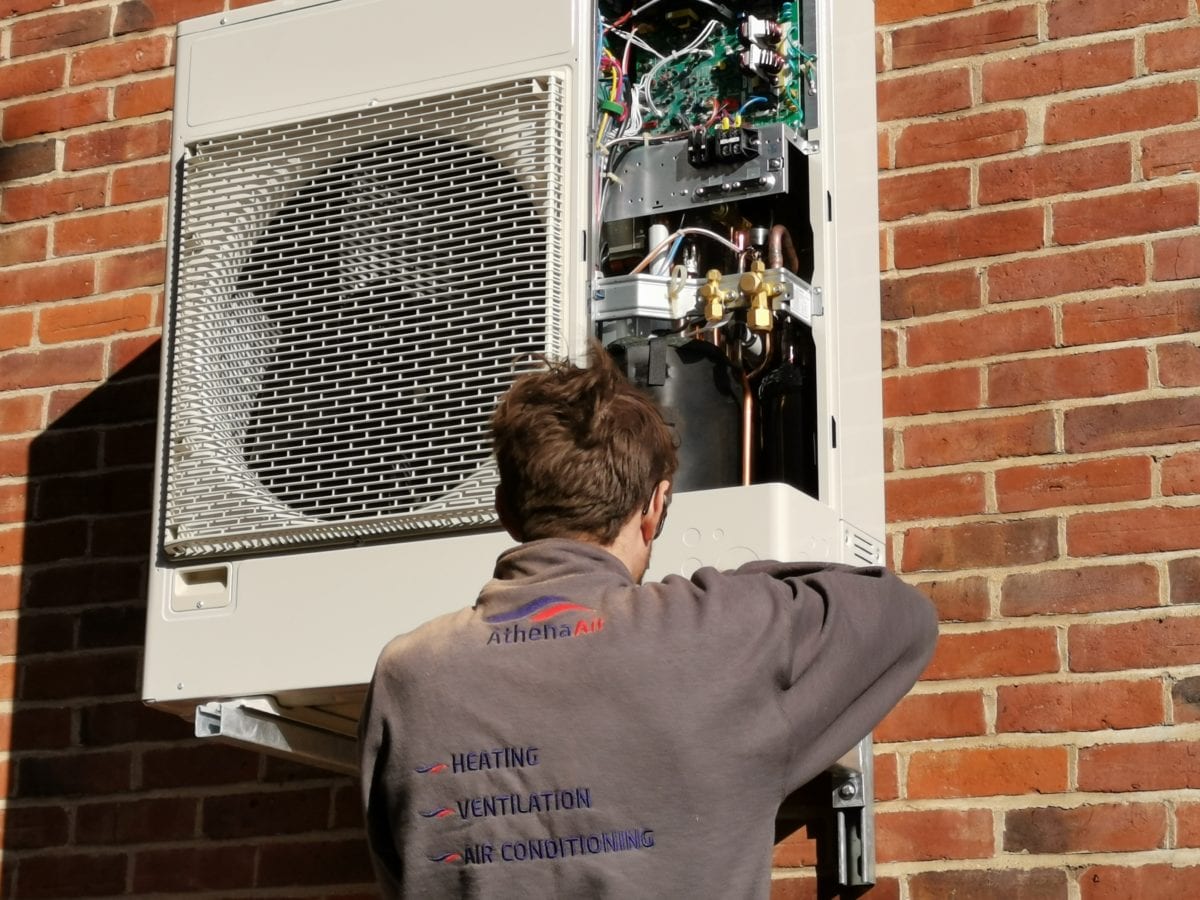
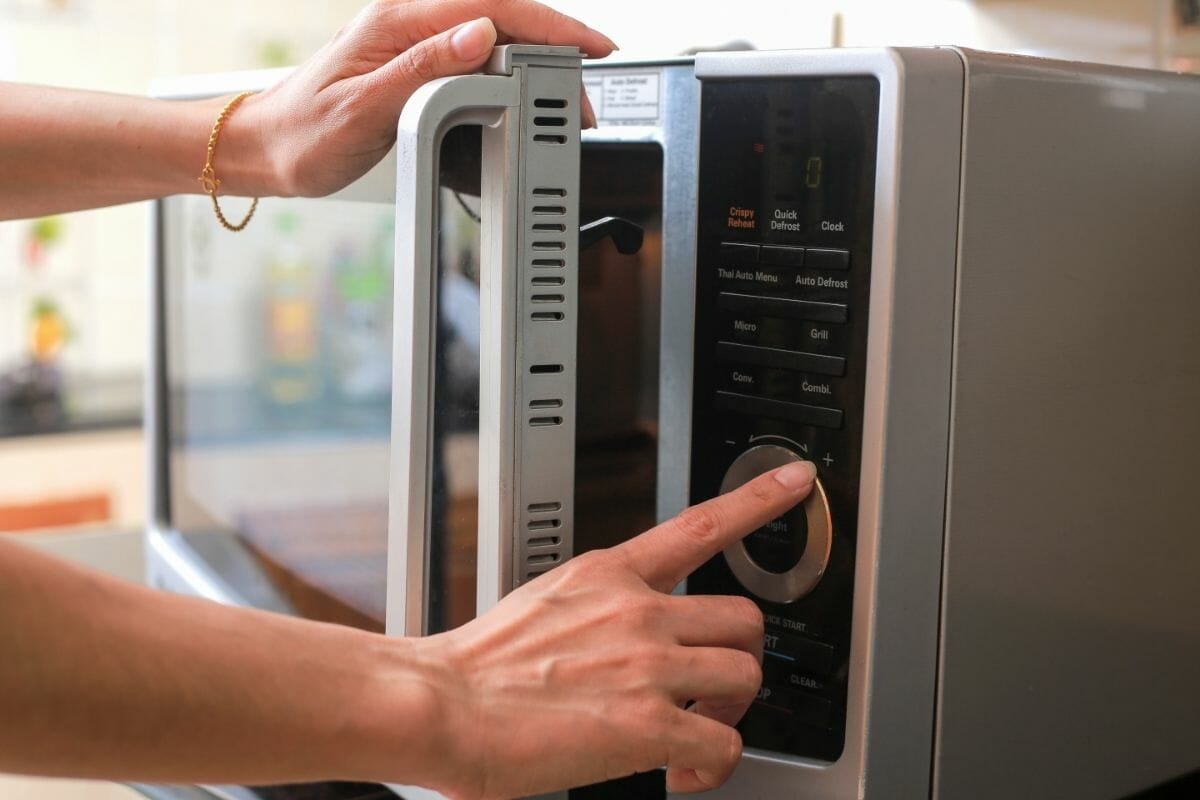
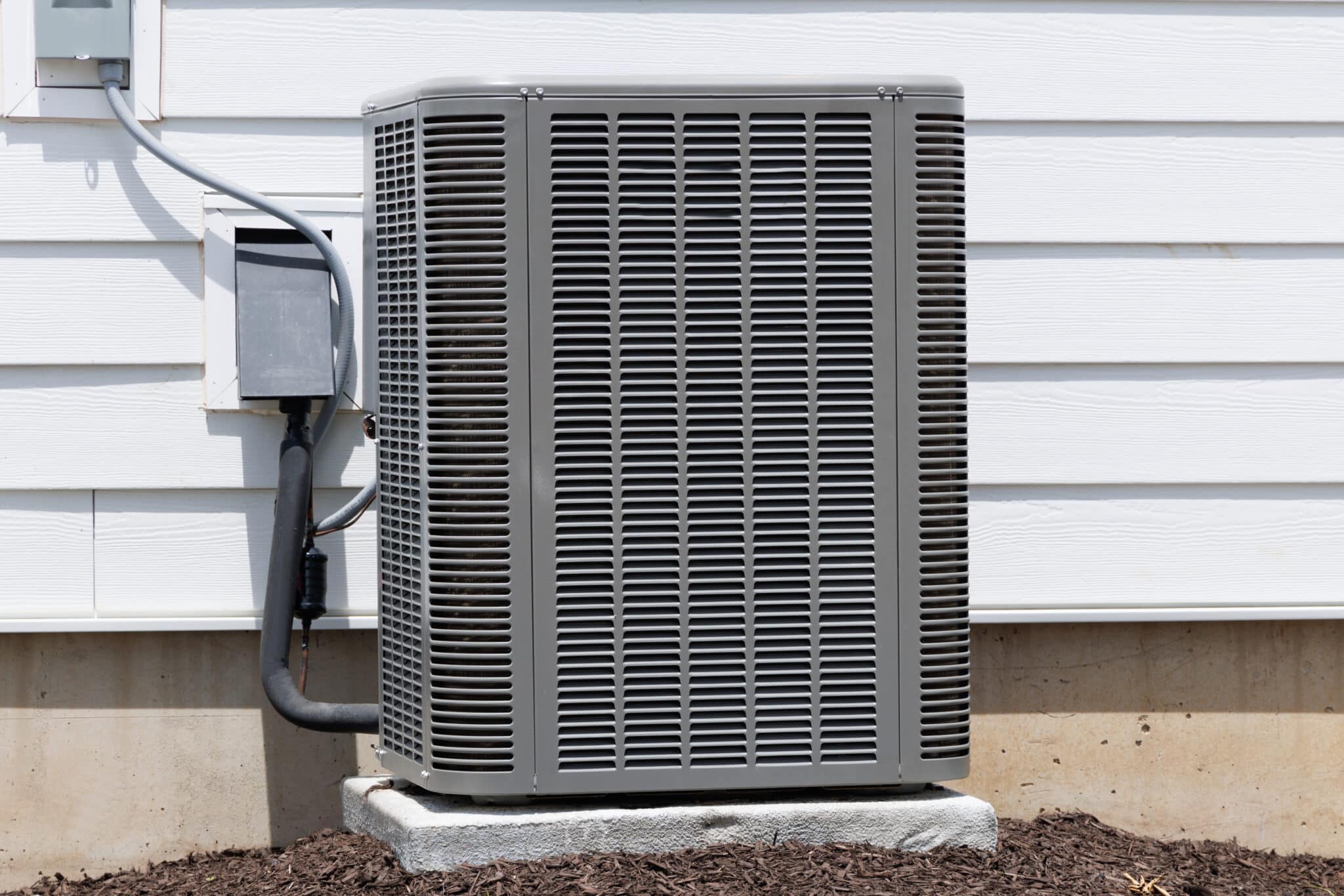
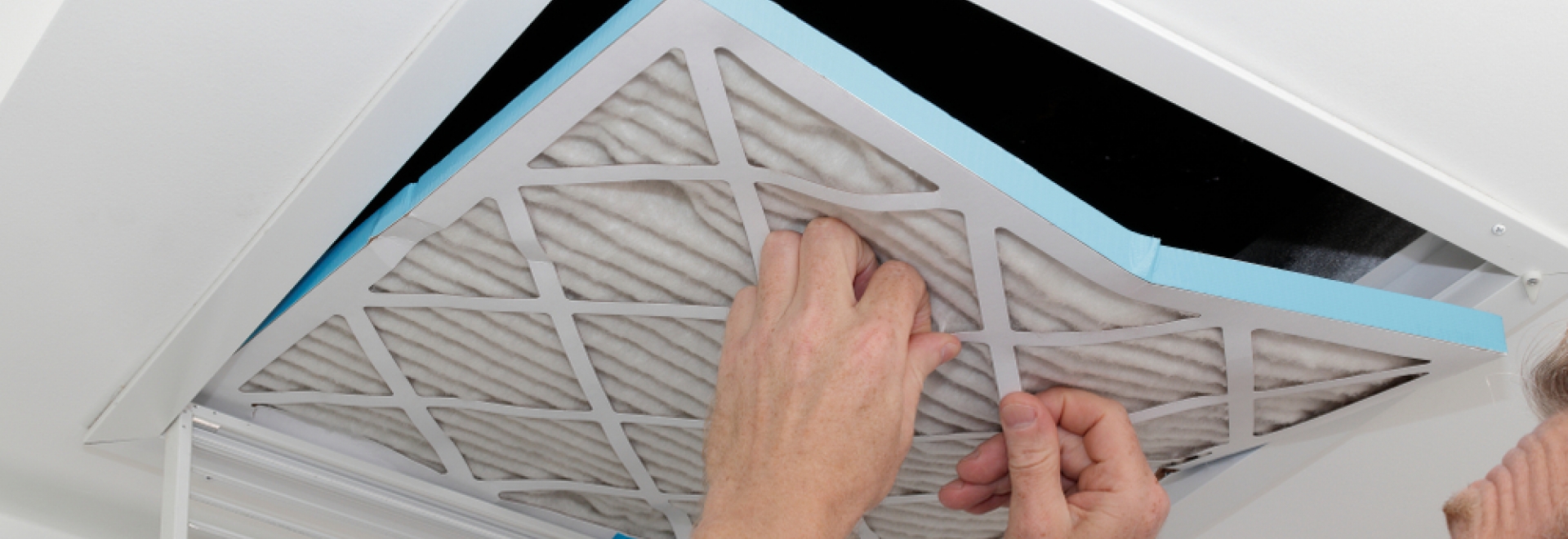
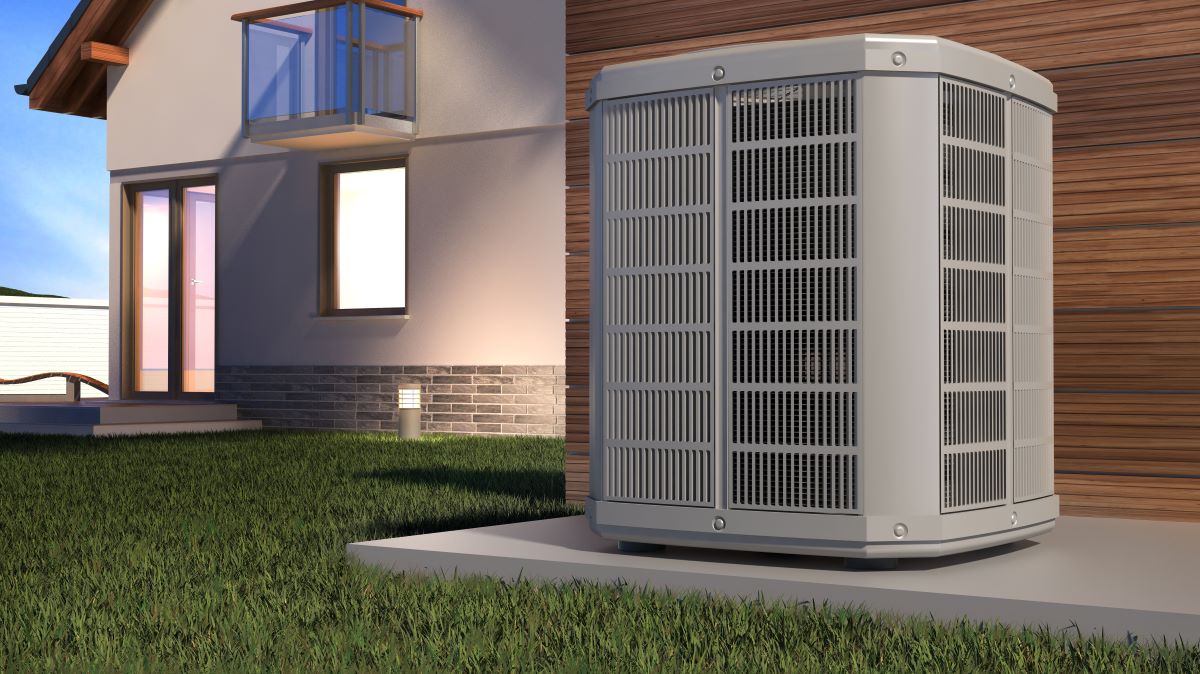
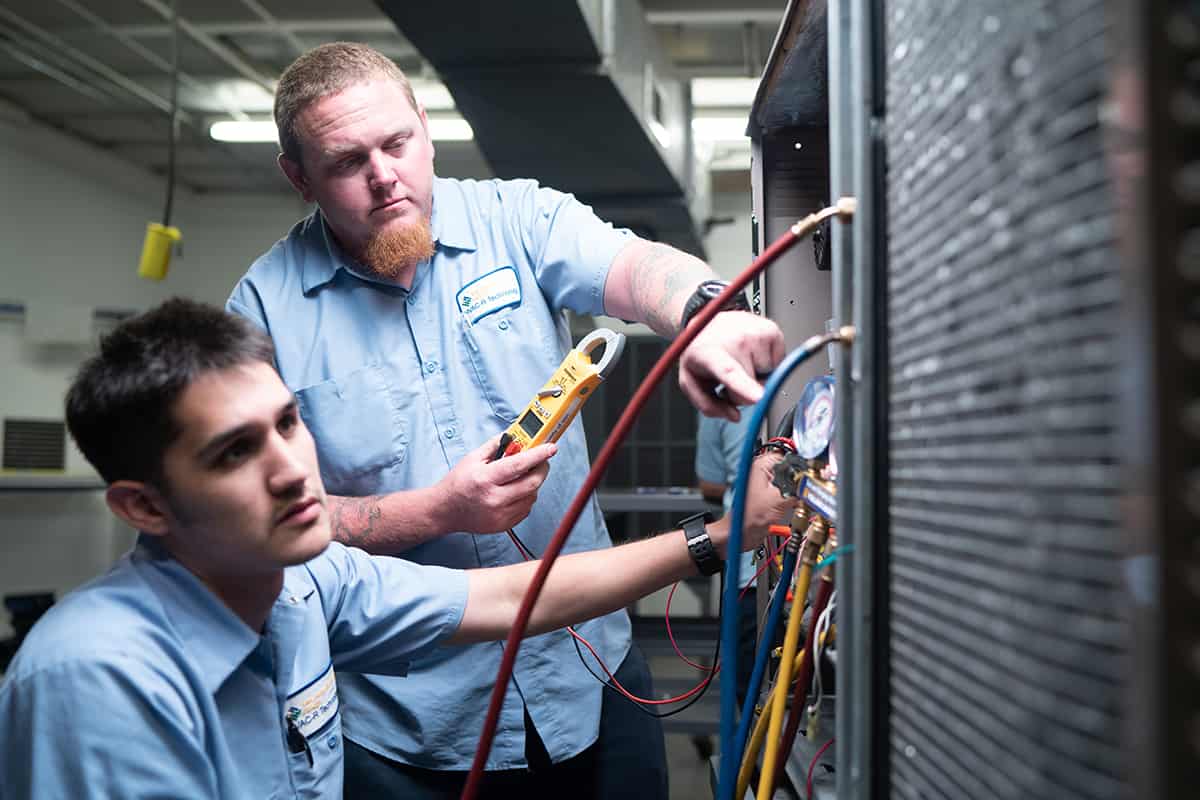

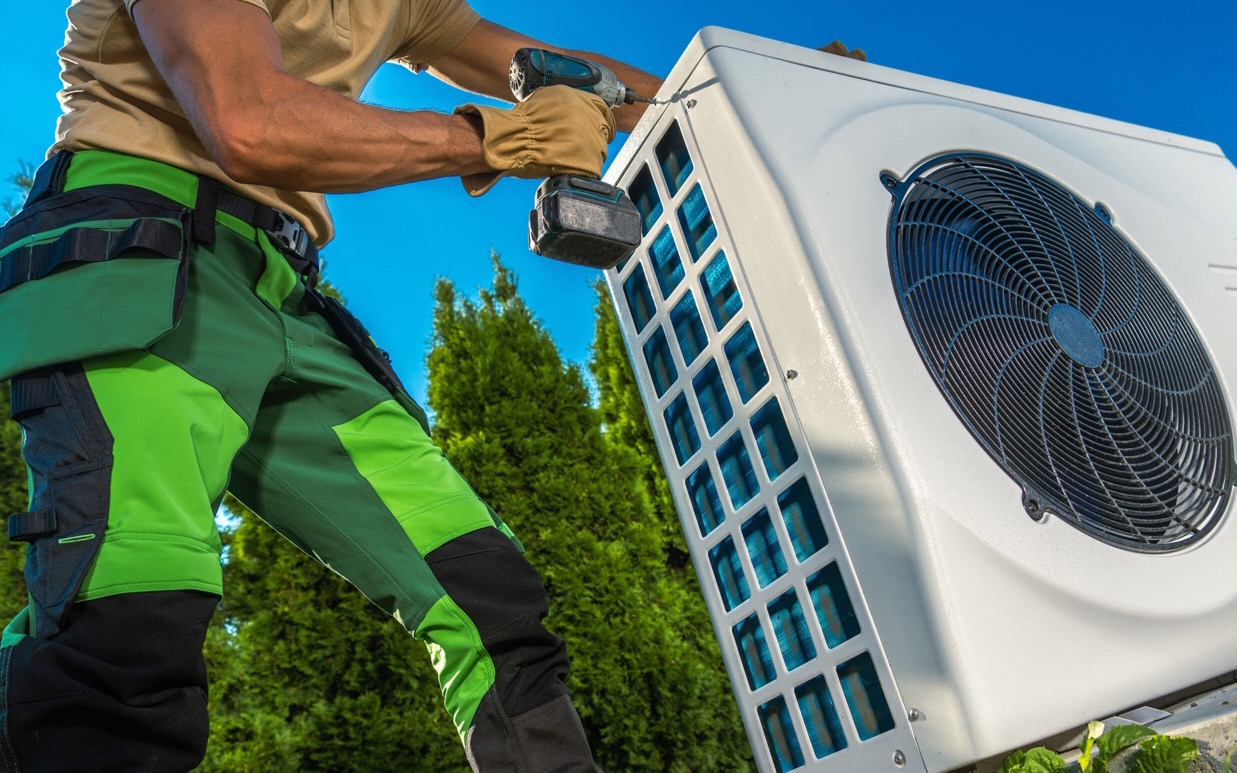

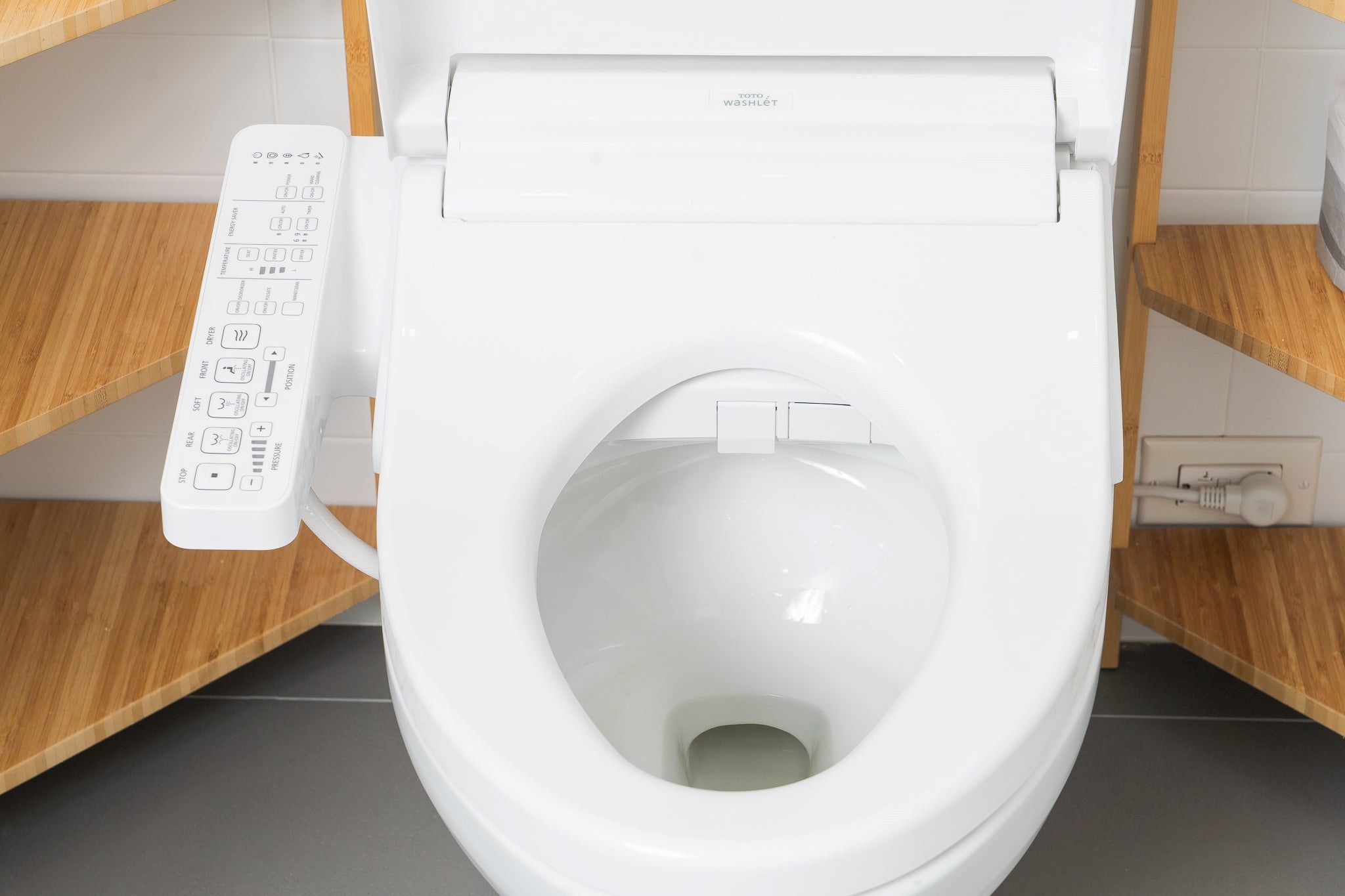


0 thoughts on “How Long Should You Operate Your Boat’s Engine Ventilation System”